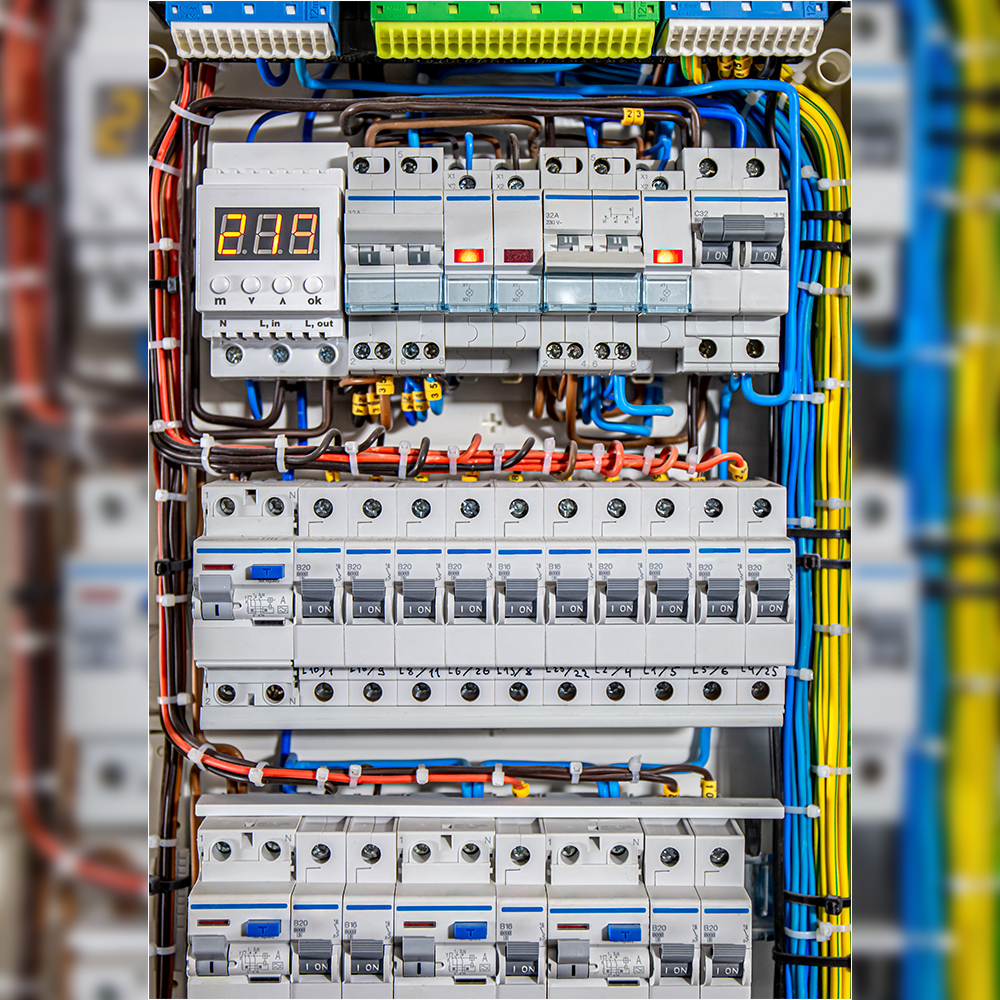
Solar and wind energy have emerged as two of the most promising renewable energy sources in the quest for a greener and more sustainable future. These clean energy technologies continue evolving, thanks to innovations that make them more efficient, cost-effective, and accessible. This article will explore seven exciting innovations in solar and wind technology, driving a greener future for our planet.
Bifacial Solar Panels
Bifacial solar panels are revolutionizing the solar energy industry by capturing sunlight from both sides of the panel. Traditional solar panels only capture sunlight on their front surface. Still, bifacial panels have transparent back sheets that allow them to absorb sunlight reflected off nearby surfaces, such as the ground or adjacent buildings. Additionally, this unique feature significantly boosts their energy capture capabilities. This innovation increases energy production, making solar installations more efficient and productive.
Solar Paint and Solar Windows
Imagine if every surface could become a solar energy generator. Researchers are developing solar paint and windows that can convert sunlight into electricity. These innovations can turn entire buildings into solar power generators, reducing the need for traditional rooftop solar panels and integrating clean energy seamlessly into our urban landscapes.
Floating Solar Farms
Floating solar farms, also known as “photovoltaics,” are a groundbreaking innovation that involves installing solar panels on bodies of water, such as lakes, reservoirs, and ponds. Moreover, these floating platforms not only utilize unused water surfaces but also benefit from the natural cooling effect of the water, which enhances solar panel efficiency. Floating solar farms are beautiful in regions with limited land availability.
Vertical Axis Wind Turbines
Traditional horizontal-axis wind turbines have dominated the wind energy landscape, but vertical-axis wind turbines (VAWTs) are gaining popularity due to their unique design. VAWTs are more compact, can operate in turbulent winds, and have a lower environmental impact. They are well-suited for urban environments and can even be integrated into buildings, making wind energy more accessible and versatile.
Bladeless Wind Turbines
Bladeless wind turbines represent a significant departure from the traditional wind turbine design. Instead of large rotating blades, these turbines use oscillating or vibrating structures to harness wind energy. Bladeless turbines are safer for wildlife, produce less noise, and have a minor visual impact, making them an attractive option for wind energy installations in sensitive areas.
Energy Storage Solutions
Efficient energy storage is a critical component of any renewable energy system. Advances in energy storage technologies, such as lithium-ion and flow batteries, enable solar and wind installations to store excess energy during periods of low generation or high demand. These solutions are essential for achieving a stable and reliable renewable energy supply.
Hybrid Systems
The integration of solar and wind energy in hybrid systems is gaining traction. Combining these two renewable sources can enhance energy generation reliability and complement each other’s strengths. For example, solar panels tend to produce more energy during the day, while wind turbines may generate more at night. By combining the two, organizations can maintain a steady and consistent clean energy supply.
Benefits of these Innovations
These innovations in solar and wind technology bring several benefits that are driving a greener future:
Increased Efficiency
Bifacial solar panels and other enhancements increase energy production efficiency, maximizing the output of renewable energy systems.
Greater Accessibility
Innovations like solar paint and solar windows make it easier for homes and businesses to adopt clean energy solutions without needing large rooftop installations.
Environmental Benefits
Bladeless wind turbines and floating solar farms have a reduced environmental impact, making them more sustainable options for clean energy generation.
Urban Integration
Vertical-axis wind turbines and solar windows can be integrated into urban environments, bringing clean energy sources closer to where they are needed most.
Energy Reliability
Even when weather conditions are less favorable, energy storage solutions and hybrid systems ensure a stable and reliable renewable energy supply.
The Road Ahead
As these innovations continue to advance, the future of renewable energy looks brighter than ever. Solar and wind technologies are becoming more accessible, efficient, and sustainable, driving the transition to a green and environmentally responsible energy landscape.
However, it’s essential to recognize that innovation alone is not enough. Governments, businesses, and individuals must continue to invest in and support these technologies to accelerate their adoption and mitigate the effects of climate change. By embracing these innovations and working collectively, we can build a more sustainable and greener future for future generations.
This article’s solar and wind technology innovations represent significant strides toward a cleaner and more sustainable future. These advancements offer solutions to challenges facing renewable energy adoption and pave the way for a greener planet. We can collectively drive the transition to a more environmentally responsible and sustainable energy ecosystem by staying at the forefront of technological developments and supporting clean energy initiatives.